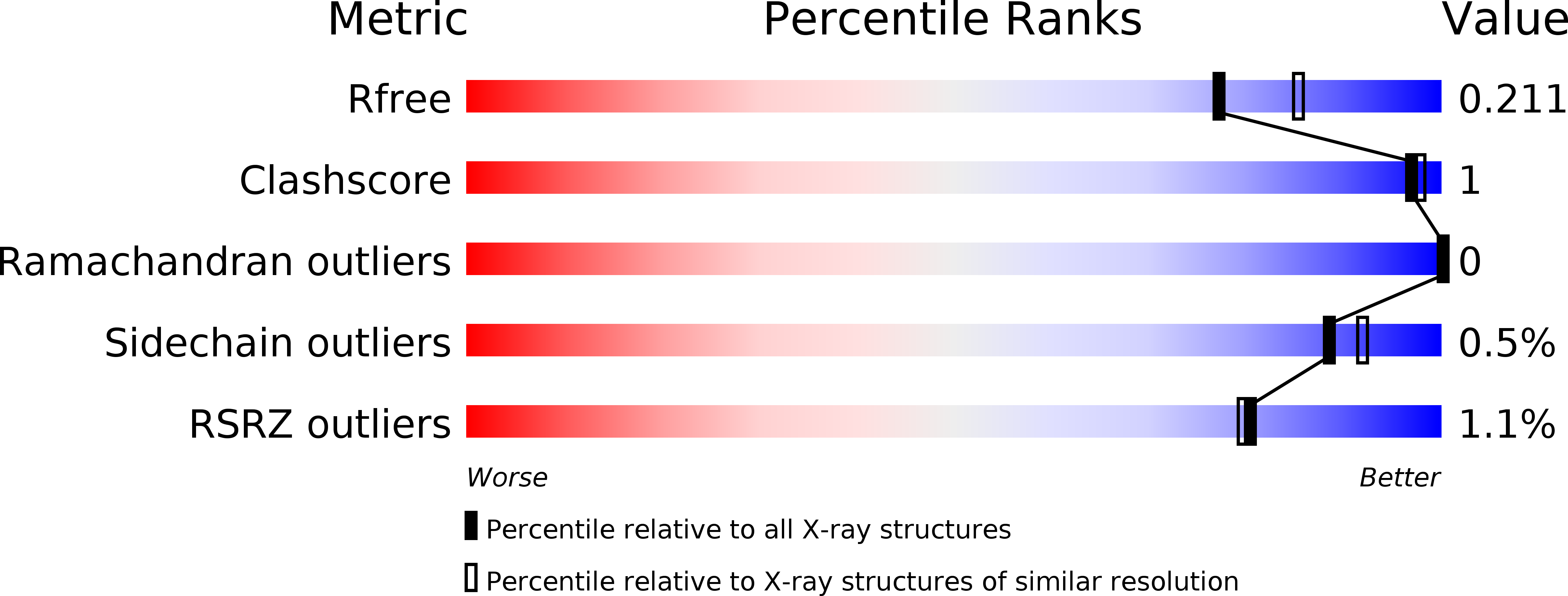
Deposition Date
2013-09-11
Release Date
2014-01-01
Last Version Date
2024-02-28
Entry Detail
PDB ID:
4MO2
Keywords:
Title:
Crystal Structure of UDP-N-acetylgalactopyranose mutase from Campylobacter jejuni
Biological Source:
Source Organism:
Campylobacter jejuni subsp. jejuni (Taxon ID: 192222)
Host Organism:
Method Details:
Experimental Method:
Resolution:
2.00 Å
R-Value Free:
0.21
R-Value Work:
0.17
R-Value Observed:
0.17
Space Group:
P 21 21 21


